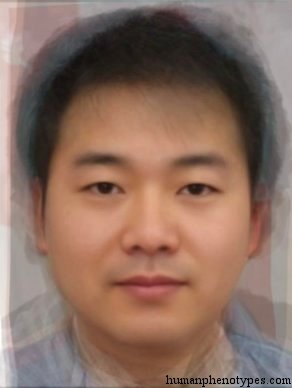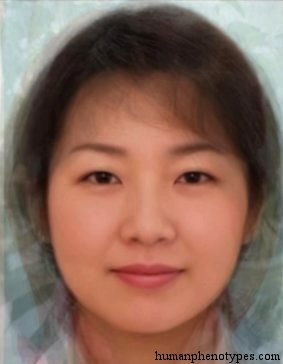Description:
South Mongolid type of Japan and Korea, somewhat influenced by Tungid. Named after the Satsuma region of Kagoshima. Today the most populous element in Japan as it is found along the densely populated southern coasts of Kagoshima, Shikoku, and Honshu. Also in the Ryukyu Islands and along Korea's south coast. Developed through ancient South Chinese / Malayan migrations to the North.Physical Traits:
Yellowish light, sometimes medium brown skin with coarse straight, sometimes wavy hair. Short, endo- mesomorph, macroskelia pronounced. Brachycephalic, hypsicranic with a mesorrhine, often flattened nose. The face is broad, rather shallow, the cheekbones usually prominent. The mouth is rather wide, the Mongolian fold common.Literature:
Defined and named early by Baelz (1883), the name was kept by Ten-Kate (1902), Eickstedt (1952c), Hulse (1943), Drexel (1955), Weinert (1965), Vallois (1971) and Matsumara (cp. Matsumoto, 1921). Lundman (1967) noted the strong Malaid element.







